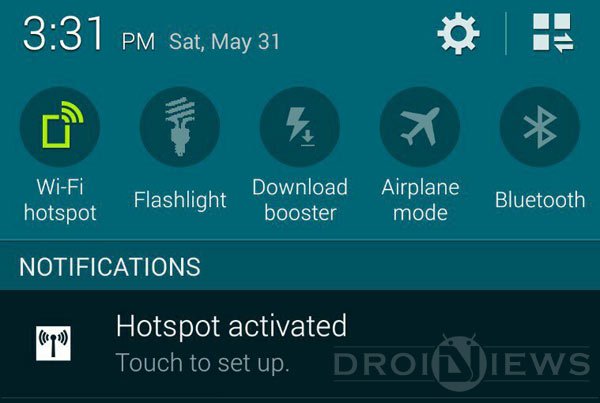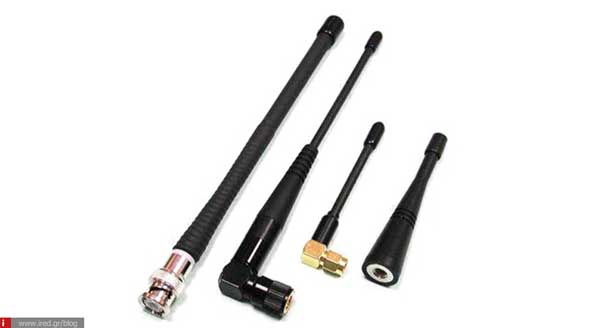
It's a pretty cheap fix at around $15-25 for a set.

If the antennas on your router are low-gain antennas (3-5 dBi) and they're detachable, it's worth looking to replace them with high-gain antennas (8-10 dBi). Putting a repeater in the room adjacent to the patio (especially if it has a line of sight to where you sit outside) will likely provide just enough coverage to spare you upgrading the whole router. Let's say, for example, your Wi-Fi coverage inside your home is pretty good but when you sit out on your patio your Wi-Fi connection constantly drops. On the other hand, if you just want to get a stronger signal to a particular area that has a dead spot it's a serviceable solution. It's just not powerful enough to repeat your entire Wi-Fi connection over half a home in a satisfactory way. If you want to avoid relocating your router to a better spot in the house and attempt to fix coverage issues by putting a budget-grade Wi-Fi extender like the TP-Link AC750 in the middle of your house, you're likely going to have a bad experience. For the most part, they're a poor substitute for just using a better stand-alone router or mesh system. Overall, Wi-Fi extenders are largely a bandaid on Wi-Fi problems. In such cases, it's worth turning off the feature and manually setting the channel.
#Sprint gadget to improve wifi signal how to#
Related: How to Find the Best Wi-Fi Channel for Your Router on Any Operating SystemĪlthough it's worth noting in rare cases, especially with a high density of Wi-Fi routers in a small area like an apartment complex, the auto-change feature can cause more problems than it solves as it can be too aggressive in switching channels to optimize the connection. The vast majority of the time this is sufficient to avoid problems. The channels in the 5GHz band don't overlap-so while you may find a situation where you need to manually adjust them, it's not as common.įurther, most routers will automatically adjust the channel for you if congestion is detected. When all routers were 2.4 GHz the range and the channel "width" and resulting overlap often required you to adjust which channel your router used just to get a stable connection (Channels 1, 6, and 11 are the only non-overlapping ones).

Historically, fiddling with your channel allocation was a bigger deal than it is now. Wi-Fi tech has improved exponentially and there's simply no comparing early Wi-Fi routers to even modern budget routers let alone premium Wi-Fi routers. Rather than suffer through a crappy Wi-Fi experience with slow speeds, lag, and dropped connections, we recommend replacing old gear. If it feels like your old Wi-Fi router is laboring under the burden of all those new devices and their increased bandwidth demands there's a good chance it is.
#Sprint gadget to improve wifi signal tv#
What was a perfectly serviceable router back when people had only a handful of Wi-Fi devices just doesn't cut it in a modern home where everything from the TV to the thermostat is internet-enabled.

No amount of tips and tricks can magically make a ten-year-old router not, well, a ten-year-old router.

But if your router is long in the tooth then you're only going to get so much improvement out of small adjustments and changes. If your router is relatively new (or even fresh out of the box!) and you're not getting the signal strength and Wi-Fi experience you expect, then all these tips will be very useful. Related: You Don't Need Gigabit Internet, You Need a Better Router


 0 kommentar(er)
0 kommentar(er)
